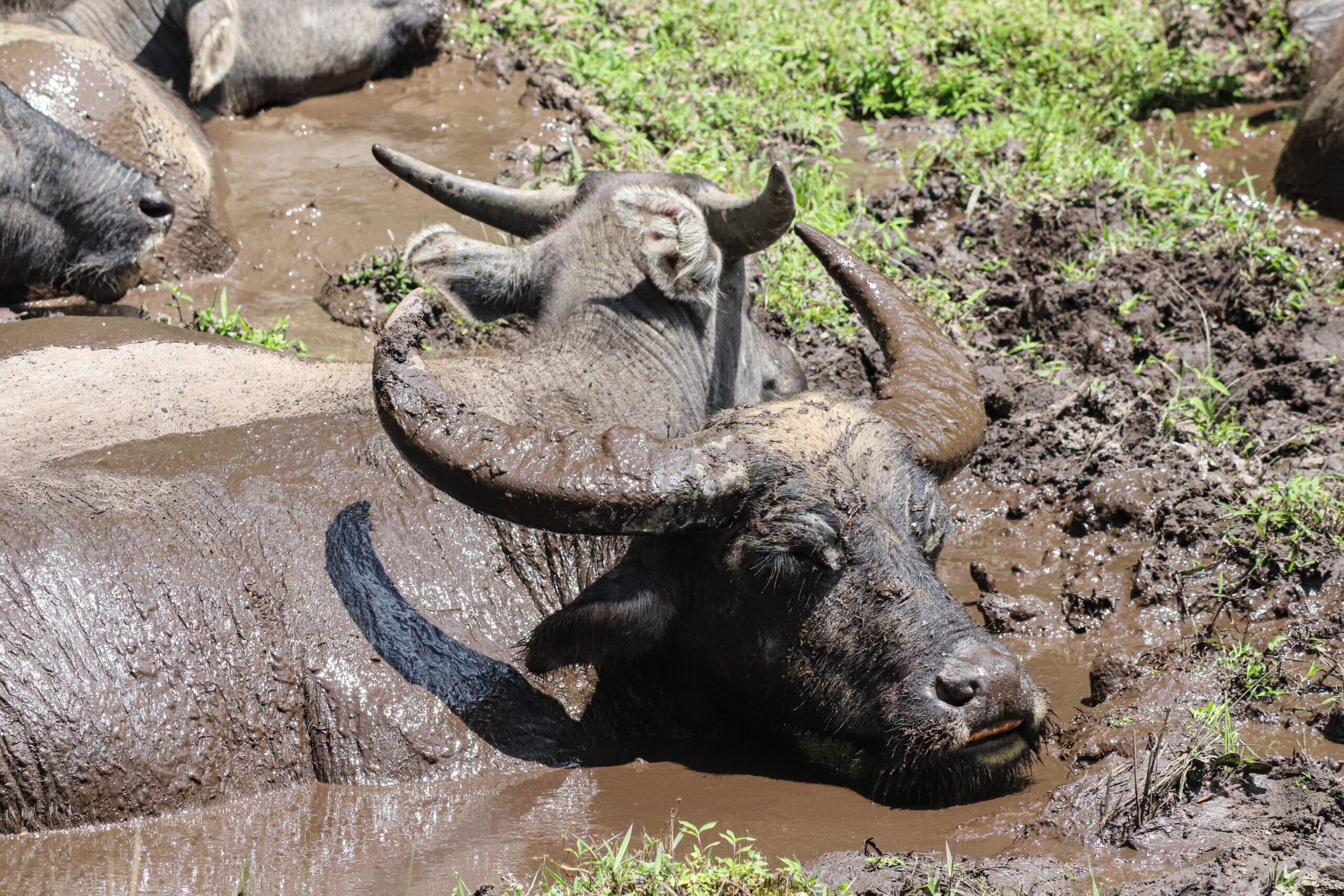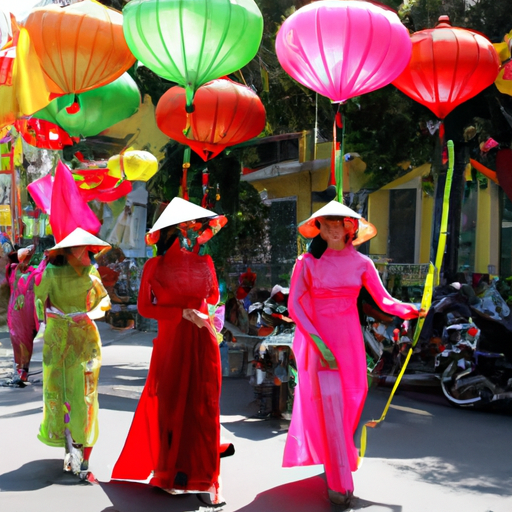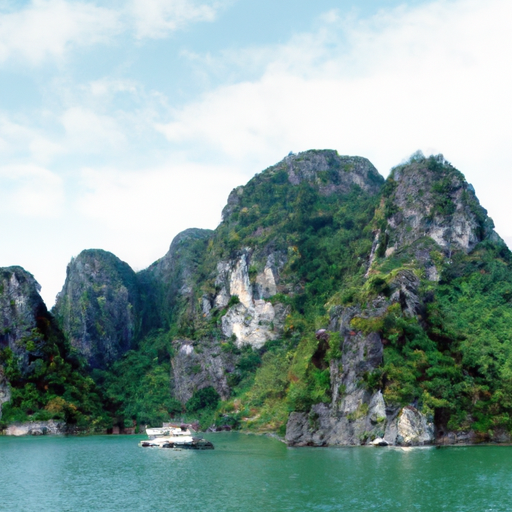Have you ever dreamt of embarking on a journey to a destination that boasts breathtaking landscapes and a rich cultural tapestry? Look no further than Vietnam, a Southeast Asian gem with a diverse geography that will leave you in awe. From the emerald-green rice fields of the Mekong Delta to the towering peaks of the Hoang Lien Son mountain range, this captivating country has something for every adventurer.
In this article, we will take you on an exhilarating exploration of Vietnam’s diverse geography, immersing you in the natural wonders that make this country truly unique. Brace yourself for a vivid description of the majestic limestone karsts of Halong Bay, where towering rock formations emerge from the turquoise waters, creating a scene straight out of a postcard. Prepare to be enchanted by the cascading waterfalls and dense jungles of the Central Highlands, where vibrant ethnic minority communities thrive amidst the verdant landscapes. Join us as we navigate the idyllic sandy beaches and lush tropical forests of the Cham Islands, a paradise retreat off the coast of Hoi An. With this article as your guide, get ready to discover the natural treasures that make Vietnam a must-visit destination for any nature enthusiast.
Geographical Location
Location in Southeast Asia
Vietnam is a country located in Southeast Asia, bordered by several countries including China to the north, Laos to the northwest, and Cambodia to the southwest. It stretches along the eastern coast of the Indochinese Peninsula, with a long coastline facing the South China Sea. Its geographical location makes Vietnam a gateway to countless adventures and an ideal destination for travelers seeking diverse landscapes and stunning natural wonders.
Bordering Countries
Vietnam shares its borders with three neighboring countries. To the north, China’s towering mountains and picturesque landscapes create a distinct border between the two nations. To the northwest, Laos’ lush forests and meandering rivers form a natural boundary, while Cambodia lies to the southwest, with shared historical and cultural ties. These bordering countries contribute to Vietnam’s unique geographical diversity, offering a range of natural and cultural experiences for visitors to enjoy.
Northern Region
Mountainous Terrain
The northern region of Vietnam is famous for its breathtaking mountainous terrain. The majestic peaks of the Hoang Lien Son range, including the legendary Fansipan, the highest peak in Indochina, dominate the skyline. Nestled among these mountains are charming hill tribe villages, offering visitors a glimpse into the rich cultural heritage and traditional way of life of the ethnic minorities residing in this region.
Rice Terraces in Sapa
Among the highlights of the northern region are the mesmerizing rice terraces in Sapa. Carved into the mountainsides, these terraces create a captivating mosaic of vivid green hues during the rice growing season. Trekking through the terraced fields, you will be immersed in the tranquility of rural life, encountering locals working in the fields and experiencing the warm hospitality of the ethnic communities that call this region home.
Halong Bay’s Natural Wonders
No visit to northern Vietnam would be complete without exploring the natural wonders of Halong Bay. This UNESCO World Heritage Site boasts over a thousand limestone islets and towering karst formations, emerging from the emerald waters of the Gulf of Tonkin. Cruising through this ethereal seascape, you will encounter hidden caves, grottoes, and floating fishing villages, all contributing to the magical allure of Halong Bay.
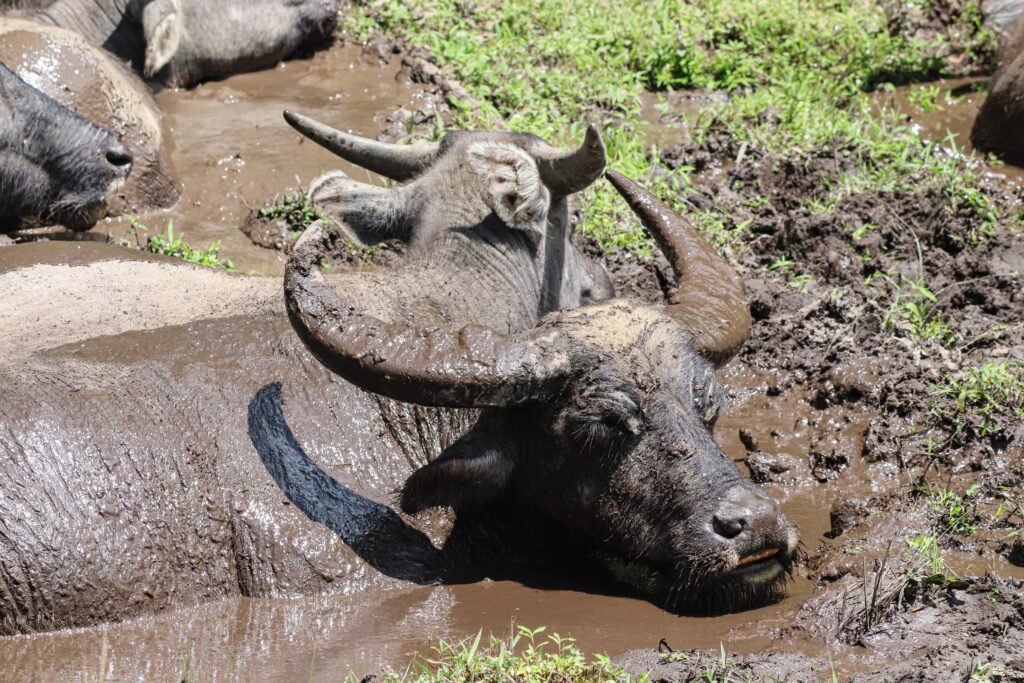
Central Region
Truong Son Mountain Range
The Central region of Vietnam is characterized by the majestic Truong Son Mountain Range, stretching across the country from the north to the south. This mountain range’s rugged beauty offers opportunities for outdoor enthusiasts to trek through its dense forests, discover hidden waterfalls, and witness breathtaking panoramic views from its peaks. The Truong Son range also serves as a natural barrier, protecting the lush valleys and ancient towns nestled within its embrace.
Coastal Plains
The central region of Vietnam is blessed with a vast stretch of coastal plains, dotted with stunning beaches and quaint fishing villages. From the vibrant city of Danang to the historical port town of Hoi An, visitors can bask in the golden sands or indulge in various water activities. The pristine beaches are a perfect retreat for relaxation, and the warm waters of the South China Sea provide an idyllic setting for swimming or snorkeling.
The Ancient Town of Hoi An
Nestled along the Thu Bon River, the ancient town of Hoi An is a gem of the central region. Its well-preserved architectural heritage and captivating blend of Vietnamese, Chinese, and Japanese influences earned it a spot on the UNESCO World Heritage list. As you stroll through its narrow streets, adorned with lanterns and centuries-old buildings, you will be transported back in time. Hoi An offers a captivating glimpse into Vietnam’s rich cultural history and is a treasure trove for art, traditional crafts, and delectable local cuisine.
Southern Region
Mekong Delta’s Rivers and Canals
The southern region of Vietnam is home to the fertile Mekong Delta, a vast network of rivers, canals, and lush greenery. Often referred to as the “rice bowl” of the country, the Mekong Delta is a thriving agricultural region. Exploring this maze of waterways offers visitors an authentic experience of local life, as they witness farmers tending to their floating gardens, bustling floating markets, and undiscovered corners of tranquility hidden among the picturesque landscape.
Tropical Climate
The southern region of Vietnam boasts a tropical climate, characterized by warm temperatures throughout the year. This climate ensures that the region is blessed with lush vegetation, vibrant flowers, and a diverse range of flora and fauna. The region provides a haven for nature enthusiasts and birdwatchers, with its numerous national parks and protected areas offering ample opportunities to observe and learn about the incredible biodiversity found in this part of Vietnam.
Beaches of Phu Quoc
The idyllic beaches of Phu Quoc, an island located off the southwestern coast of Vietnam, are a paradise for beach lovers. With pristine stretches of white sand and crystal-clear turquoise waters, the island showcases the natural beauty of Vietnam’s southern region. Relax on the beaches, snorkel in the vibrant coral reefs, or explore the island’s dense forests and scenic trails. Phu Quoc offers a perfect blend of relaxation and adventure, making it an ideal destination for every type of traveler.
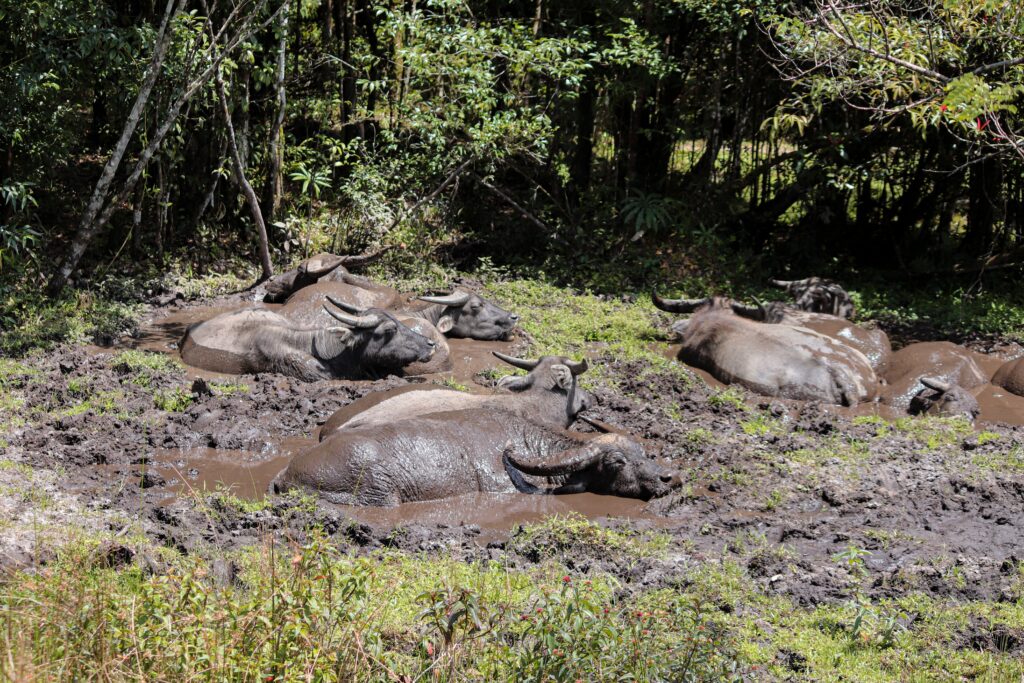
Biodiversity
Tropical Rainforests
Vietnam is known for its lush tropical rainforests, which are an integral part of the country’s diverse ecosystem. These verdant forests are home to numerous plant and animal species, many of which are endemic to Vietnam. Exploring these rainforests provides an opportunity to witness the awe-inspiring beauty of nature and appreciate the delicate balance of life that exists within them.
Habitat for Unique Species
Vietnam’s diverse geographical features provide a variety of habitats for unique species to thrive. From the endangered Indochinese tiger and the elusive saola to a myriad of beautiful bird species, the country is a haven for wildlife enthusiasts. The protected national parks and reserves across Vietnam contribute to the conservation efforts aimed at preserving these unique species and their habitats.
Conservation Efforts
Recognizing the importance of conservation, Vietnam has made significant efforts to protect its biodiversity. Conservation initiatives include the establishment of national parks, the implementation of sustainable tourism practices, and the promotion of environmental education and awareness programs. These endeavors contribute to the preservation of Vietnam’s natural treasures and ensure that future generations can continue to appreciate and safeguard the country’s rich biodiversity.
Water bodies
Red River
The Red River, originating from China, flows through the northern region of Vietnam, shaping its landscape and providing a vital lifeline for both humans and wildlife. The river is not only a significant water source but also plays a crucial role in the daily lives of the communities settled along its banks. Taking a boat ride along the Red River offers a unique perspective on the region’s cultural and natural heritage, with picturesque scenery unfolding at every turn.
Mekong River
The Mekong River, one of the longest rivers in Southeast Asia, is an iconic water body that runs through several countries, including Vietnam. Known as the “Mother River,” the Mekong has sustained civilizations, facilitated trade, and shaped the lives of millions. Exploring the Mekong River by boat allows you to witness the vibrant riverine societies, observe traditional fishing methods, and explore the diverse ecosystems flourishing along its banks.
South China Sea
Vietnam’s lengthy coastline stretches along the South China Sea, offering visitors access to pristine beaches, vibrant coral reefs, and a wealth of marine life. The clear turquoise waters of the South China Sea make it an ideal destination for snorkeling, diving, and other water activities. The coast is also dotted with charming fishing villages, where locals maintain a deep connection with the sea and its resources.
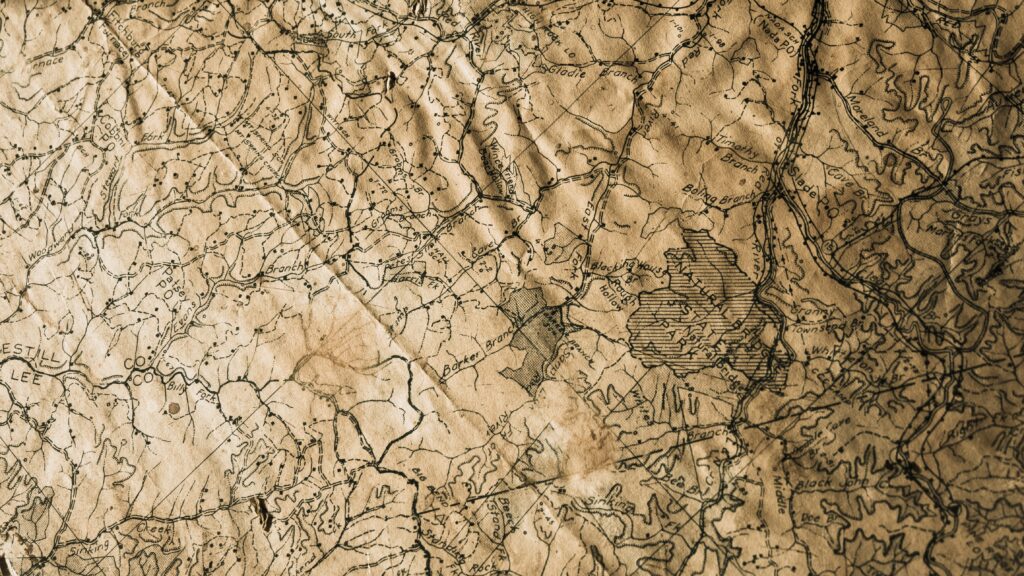
Caves
Phong Nha-Ke Bang National Park
Phong Nha-Ke Bang National Park, a UNESCO World Heritage Site in central Vietnam, is home to some of the most impressive caves in the world. The park’s karst landscape is riddled with hundreds of caves, providing an enchanting underground wonderland. Exploring these caves, such as the famous Paradise Cave and Phong Nha Cave, unveils breathtaking stalactite formations, underground rivers, and surreal chambers, painting a vivid picture of nature’s extraordinary capabilities.
Son Doong Cave
Nestled within Phong Nha-Ke Bang National Park lies Son Doong Cave, the world’s largest cave chamber. This natural marvel stretches over five kilometers in length and is believed to be over two million years old. Venturing into Son Doong Cave is a truly once-in-a-lifetime experience, immersing you in a subterranean world where colossal stalagmites, underground rivers, and unique ecosystems exist in perfect harmony.
Hang En Cave
Hang En Cave, also located within Phong Nha-Ke Bang National Park, is not only renowned for its size but also for its breathtaking beauty. As one of the world’s largest cave entrances, it offers a unique camping experience in its colossal chamber. Spend the night surrounded by the sounds of nature, marvel at the illuminated stalactites, and experience the serenity of this hidden gem nestled deep within the heart of Vietnam’s magnificent karst landscape.
Gulf of Tonkin
Archipelagoes
The Gulf of Tonkin, with its azure waters and stunning natural beauty, is home to several archipelagoes. Among them, the Cat Ba Archipelago stands out as the largest and most popular. The archipelago encompasses Cat Ba Island and several other smaller islets, offering visitors a perfect blend of adventure and tranquility. Explore the soaring karst formations, hike through lush forests, or kayak along scenic coastlines, immersing yourself in the idyllic charm of this coastal paradise.
Coral Reefs
The Gulf of Tonkin is renowned for its diverse coral reefs, which are teeming with vibrant marine life. Snorkeling or diving in these pristine waters allows you to witness firsthand the kaleidoscope of colors beneath the surface. The coral reefs support a wide array of species, from playful tropical fish to majestic sea turtles and even the elusive seahorse. Dive into this underwater paradise and be captivated by the beauty and diversity of this fragile ecosystem.
Marine Life
The Gulf of Tonkin is a haven for a rich variety of marine life. Dolphins, dugongs, and various species of fish call these nurturing waters their home. Hop on a boat tour and embark on a journey to spot these magnificent creatures in their natural habitat. The Gulf of Tonkin provides a unique opportunity to connect with nature, and the conservation efforts in place aim to protect its fragile ecosystem and preserve it for future generations to enjoy.
Hill and Mountain Peaks
Fansipan
Fansipan, located in the northern region of Vietnam, is not only the tallest peak in Vietnam but also the entire Indochina Peninsula. The allure of conquering this majestic peak draws adventurers from around the world. Trekking to the summit of Fansipan provides not only a physical challenge but also an opportunity to witness awe-inspiring panoramic views of the surrounding mountains and valleys, rewarding those who brave the journey with an unforgettable experience.
Ba Vi National Park
Ba Vi National Park, just a short drive from Hanoi, offers visitors a serene retreat in the midst of lush greenery and rolling hills. The centerpiece of the park is Mount Ba Vi, a dormant volcano that is often shrouded in mist. Hike through the park’s trails, explore hidden waterfalls, or simply enjoy a picnic surrounded by nature’s tranquility. Ba Vi National Park provides a welcome respite from the hustle and bustle of city life, inviting you to reconnect with the natural world.
Bach Ma National Park
Bach Ma National Park, nestled in the central region of Vietnam, is a haven for nature lovers and adventure seekers. This pristine park is home to a diverse range of flora and fauna, with over 1,400 species recorded. Hike through the dense forests, immerse yourself in the refreshing waters of cascading waterfalls, or seek out the park’s rare and endangered species. Bach Ma National Park offers a captivating blend of stunning natural beauty and remarkable biodiversity.
Islands
Cat Ba Island
Cat Ba Island, located in the Gulf of Tonkin, is a perfect blend of natural beauty and traditional charm. The island boasts lush green forests, picturesque beaches, and impressive limestone karsts. Explore the island’s protected national park, trek through its trails, or kayak along its stunning coastline. Cat Ba Island offers a tranquil escape from the bustling cities, allowing visitors to immerse themselves in the island’s captivating landscapes and relaxed atmosphere.
Con Dao Islands
The Con Dao Islands, located off the southern coast of Vietnam, are a hidden gem waiting to be explored. These pristine islands are renowned for their untouched beauty, with turquoise waters, powdery white beaches, and vibrant coral reefs. Dive into the crystal-clear waters to discover an underwater wonderland, or explore the islands’ dense forests and encounter exotic wildlife. The Con Dao Islands offer a secluded paradise for those seeking tranquility and natural splendor.
Cham Islands
The Cham Islands, a UNESCO Biosphere Reserve situated off the central coast of Vietnam, are a true natural marvel. With their crystal-clear waters and vibrant coral reefs, these islands are an ideal destination for snorkelers and divers. Immerse yourself in the colorful world beneath the waves, where an array of marine life thrives. Explore the islands’ coastal paths, visit ancient temples, and learn about the local culture and traditions of the Cham people who call this archipelago home.
Vietnam’s diverse geography offers a myriad of landscapes and natural wonders waiting to be explored. From the soaring mountains in the north to the pristine beaches of the south, each region has its own unique charm and allure. Whether you seek adventure in cave exploration, cultural immersion in ancient towns, or peaceful retreats in remote islands, Vietnam has something to offer every traveler. Embark on a journey to discover the diverse geography of Vietnam and create memories that will last a lifetime.

